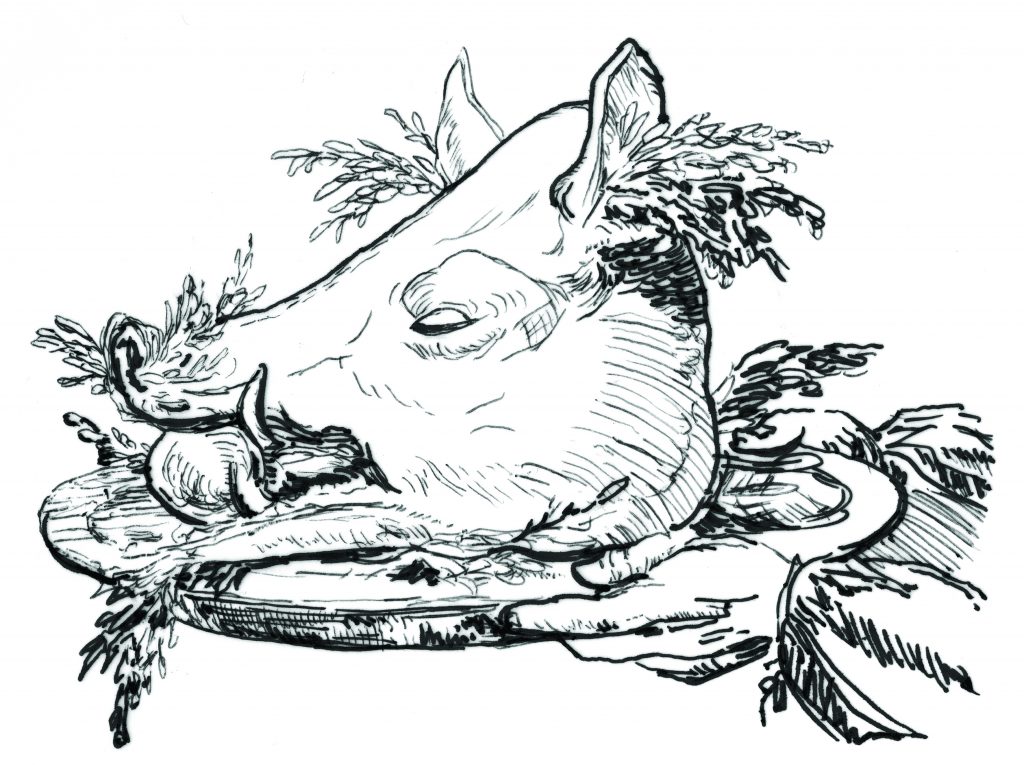2014.01-12 TCAC 關鍵議題駐村計畫 I : 吳音寧 – 走河計畫—湄公河瀾滄江流域
2014.01-12 TCAC Burning Issue I : River Walk – where the Lancang River flows “turns into” the Mekong River by Wu Yin Ning
(For English please scroll down)
走河計畫—湄公河瀾滄江流域
吳音寧
必然無法全面,綜觀只能是願望!縱使佐以衛星定位的搜尋、俯瞰,歷史資料的蒐集,沿途親遇的交流訪談,一個人類的肉身,腳所踩踏,眼所見,如何能「遍覽」河流呢?任何「一條」都不只是條線狀的河;水無所不在。據估大氣層內的水約有97.5%是海水,也就是鹽水,其餘的2.5%的淡水裡又有超過三分之二封存於凝固的冰層、冰川、永凍土裡面,再扣掉地下水,分佈於全球陸地上的河流湖泊沼澤等人類可用之水的比例不到地球總水量的0.4%——多麼「少」,簡直「一丁點」但對人類來說卻是攸關的巨大的存在。
尤其被定義為河或稱之為江的水流;不都說人類的文明始於大河流域。譬如尼羅河流域的古埃及文明、兩河流域的美索不達米亞文明、傳說中印度教的濕婆神承接從喜馬拉雅山巔奔瀉而下的水,引導水流順著他挽起的髮絲蜿蜒成恆河流域,再將精液注入河中,給予生殖繁衍創造的能力、又譬如長江黃河之於中國古文明……水在地殼表面流動出人類文明發展的命脈般的線索,人與河的關係點點滴滴,從古至今怎不令人好奇,深感探索不盡。
河的名字怎麼來的?河的脾氣性格走向?河的流域身世經歷如何?回顧十年前我初次飛往日本群島的東京,遇到一個流浪漢,和他相偕沿著已是人工渠道的隅田川走了好幾天,「走河」的趣味便深深征服了我。此後印尼、泰國、德國、中國……包括台灣的後勁溪等等,我簡直一遇河或說碰到水流渠道便想沿著走上一小段,其中,走在柬普寨時對東南亞最大的淡水湖洞里薩湖印象深刻。
洞里薩湖的水來自湄公河,湄公河據載是世界第十長河,發源於青藏高原,在中國境內通稱瀾滄江,之後匯流經泰國、寮國、緬甸、柬埔寨,於越南三角洲入南海。對步行來說,繁眾水系浩大的跨國流域,沿途什麼樣貌?哪些動植物?聽說還有「水怪」?人類依存河流怎麼生活?相關的文學創作、旅途中可能聽到的故事,遭遇到的人與事……特別觸動我意欲啟程一探的,是偶然間閱讀到的一則新聞剪報。
提寫計畫的此刻,翻找出那張剪報,發現一晃眼,竟已是十多年前的「舊聞」了。二○○○年四月三日的台灣報紙編譯了法新社的報導,標題為「中國水壩,害湄公河枯?泰寮越柬聲討」,搭配一張愁苦的照片,圖說寫到「一名越南農夫上月27日和兒子蹲在已乾裂的稻田中,對記者大吐苦水」,因為「湄公河水位降至二十年來最低」……。
十多年前創紀錄的最低了,近年來是否更低又更低?雖然中國官方至今矢口否認水壩的壞影響,報導中採訪了中國前水利部部長,他表示中國「以前所未有的速度和規模開展水利建設,超過國際公認的合理值,影響了河流的自然功能和永續利用……」但這樣的反省有產生什麼具體的作用嗎?現況如何?沿河居民到底怎麼看待?生活的實際狀況是怎樣?我想親身去走走看看。
必然是無法全面的,沒有全面這回事。只能一小段一小段的貼近,只能挑選一個一個聚落點短暫駐紮,只能閱讀資料並且和人說話,用最原始的徒步的行為探訪。真要大致的稍微的走過,也許需要數年時間,不過沒關係,有個開始嘛,就能期待繼續走下去……計畫初始將前往中國雲南的西雙版納傣族自治州,那裡是瀾滄江出中國「變成」湄公河的邊境之地。去「駐村」(駐到農村)看看河是如何穿越國境……。
River Walk – where the Lancang River flows “turns into” the Mekong River
Wu Yin Ning
It is impossible to be comprehensive; an overall survey can only be an ideal. Even if we explore and overlook with the locating system of satellites, gather historical data, and have interviews with the friends and acquaintances on our way, how can we get the entire picture of rivers solely with the energy, steps, and sight of merely a human being? Any single river is not just a stream of waters; water is everywhere. In the water within the atmosphere, there is an estimated 97.5% of seawater, or saline water, while two-thirds of the 2.5% of fresh water exist in the frozen ice layers, glaciers, and the permafrost. Then after excluding the groundwater, the water that can be used by human beings in rivers, lakes, and swamps on land accounts for less than 0.4% of the water on Earth, which is extremely little but weight heavily for human beings.
Those water that is defined as rivers are especially important, since it is said that human civilization started from river basins. For example, the ancient Egypt civilization originated in the basin of the Nile and the Mesopotamia the Tigris–Euphrates river system. In legends, Shiva, a Hindu deity, received the water running down from the Himalayas, guided it to flow along his coiling hair up to form the river Ganges, and then injected sperm into the river granting it the abilities of reproduction. Likewise, the Yangtze River and the Yellow River also contributed to ancient China… Water flowing on the surface of Earth led to the development of human civilization. The connection between human and rivers has streamed down from the ancient time and evoked men’s curiosity with its untold mystery.
How did rivers get their names? What are their characteristics and tempers? What stories and changes did rivers basins experience? I recalled the time when I flew to Tokyo in the Japanese archipelago 10 years ago. I bumped into a wanderer, and for several days I walked with him along the river Sumida Gawa, where then had already been turned into an artificial canal. I was overwhelmed by the amusement of “river walk”. Since then, in Indonesia, Thailand, Germany, China… and even at the Ho-Jing Stream in Taiwan, the idea of taking a walk occurred to me whenever I encountered rivers or channels. One of the journeys that impressed me the most was the walk at the Tonlé Sap Lake in Cambodia, the biggest fresh water lake in Southeast Asia.
The water of the Tonlé Sap Lake comes from the Mekong River. Recorded as the tenth longest river in the world, Mekong River originates from the Tibetan Plateau and is generally called Lancang River in China. It runs past Thailand, Laos, Burma, and Cambodia, and flows into the South China Sea from the Mekong Delta in Vietnam. For someone who walks, what is the scenery like in the transnational basin? What kinds of faunas and floras are there? Isn’t it said that there are even water monsters? How do the people live with the river? Among related literary works and stories, people, and incidents encountered during the travels, what inspired me to explore was a news clip I occasionally read.
Writing the project now, I found out the clip and realized that ten years have passed since the report. In April 3rd, 2000, a news of Agence France Presse named “Chinese dikes leading to the drought of Mekong? Thailand, Laos, Vietnam, and Cambodia disapproved” was reported by the local media, in which sorrowful picture beside the article with description going “On the 27th last month, a Vietnamese farmer and his son squatted on a dry field, complaining to a journalist” because “ the level of Mekong River has descended to the lowest point in twenty years.”
Did the record low level go even lower in recent years? Though the Chinese administration has been denying the negative influences of the dikes, during an interview the former minister of the Ministry of Water Resources of China said that the contry developed its water conserving constructions at an unequaled speed and on the largest scale, which went beyond international standards and influenced the ecological functions and sustainability of the river. However, what were the actual effects of this kind of reflection? What are the current conditions of the river? How do the residents along the river think about it? And what are their life lives like? I would like to travel and see in person.
Comprehensiveness is impossible and something does not exist. We can only get closer to the river step by step, choose a tribe to stay for a short time, read through data, talk to the local, and explore the region by the most primitive way of walking. To only roughly walk through the region may take several years, but it is acceptable. If the plan is started, we can expect it to be continued… At the beginning of the project we will start off to the Xishuangbanna Dai Autonomous Prefectureat at Yunnan, where the Lancang River flows out of China and “turns into” the Mekong River. By residing (at villages) to see how the river runs across the border…

